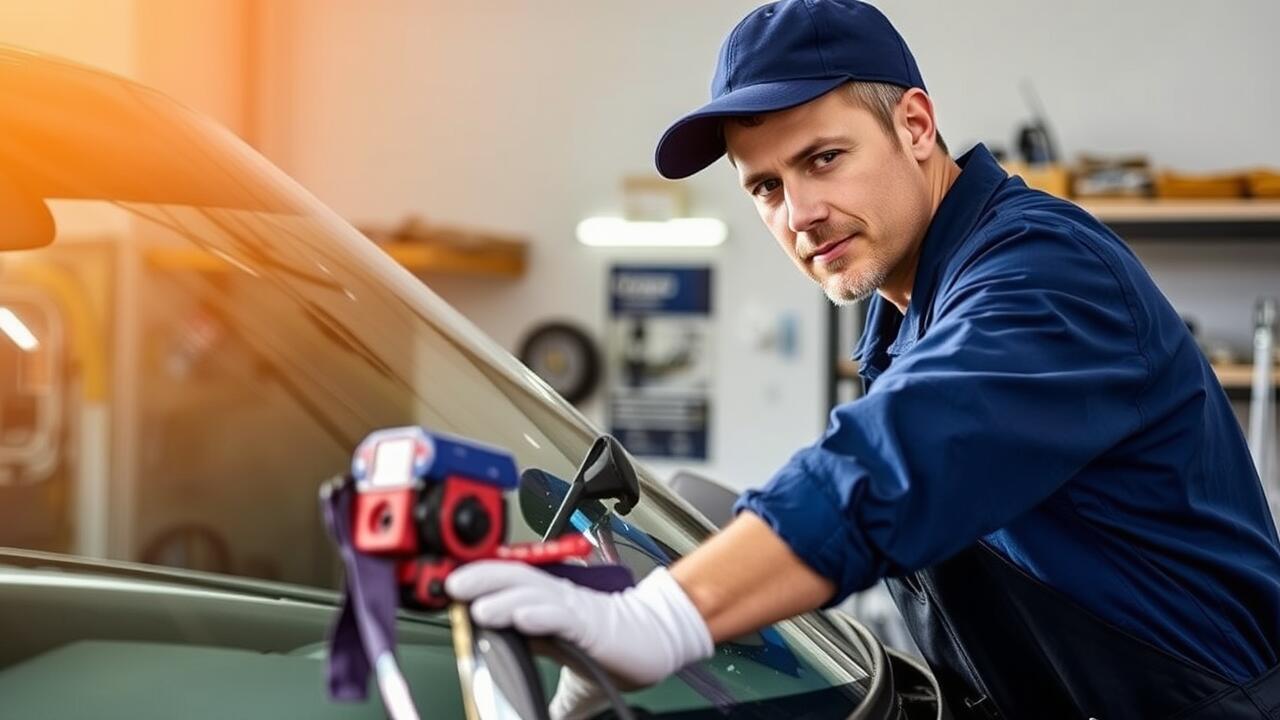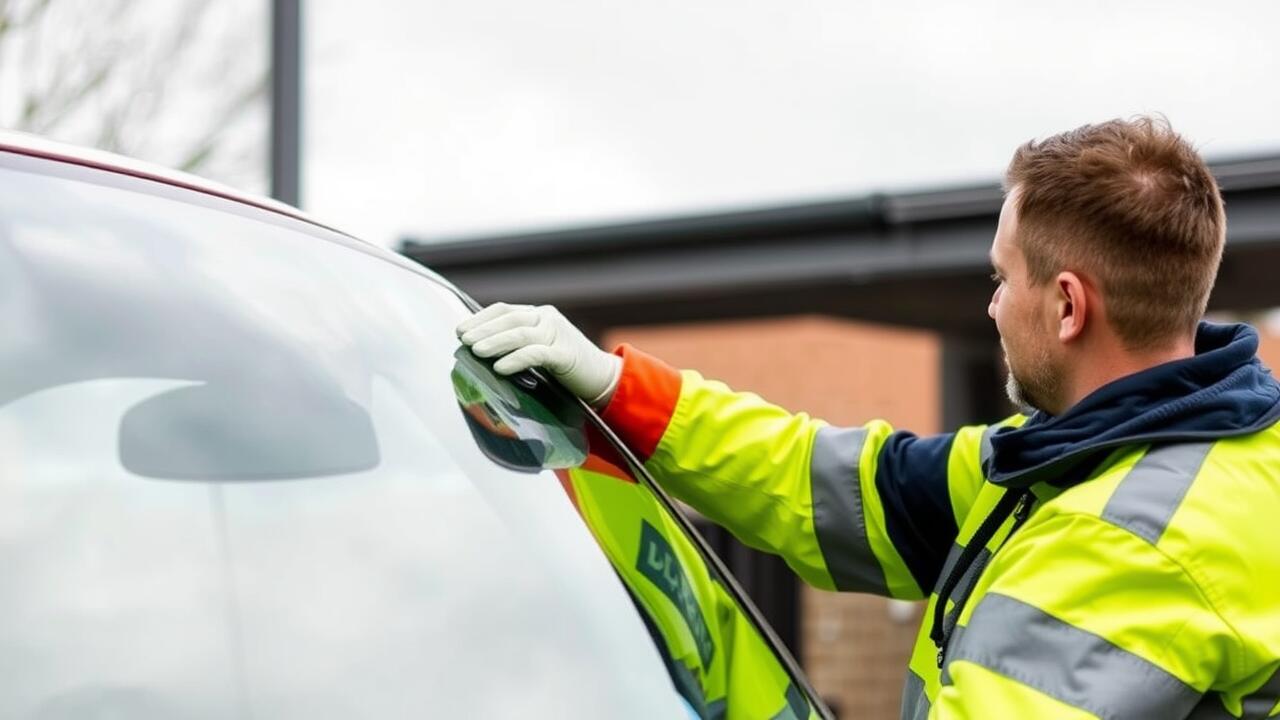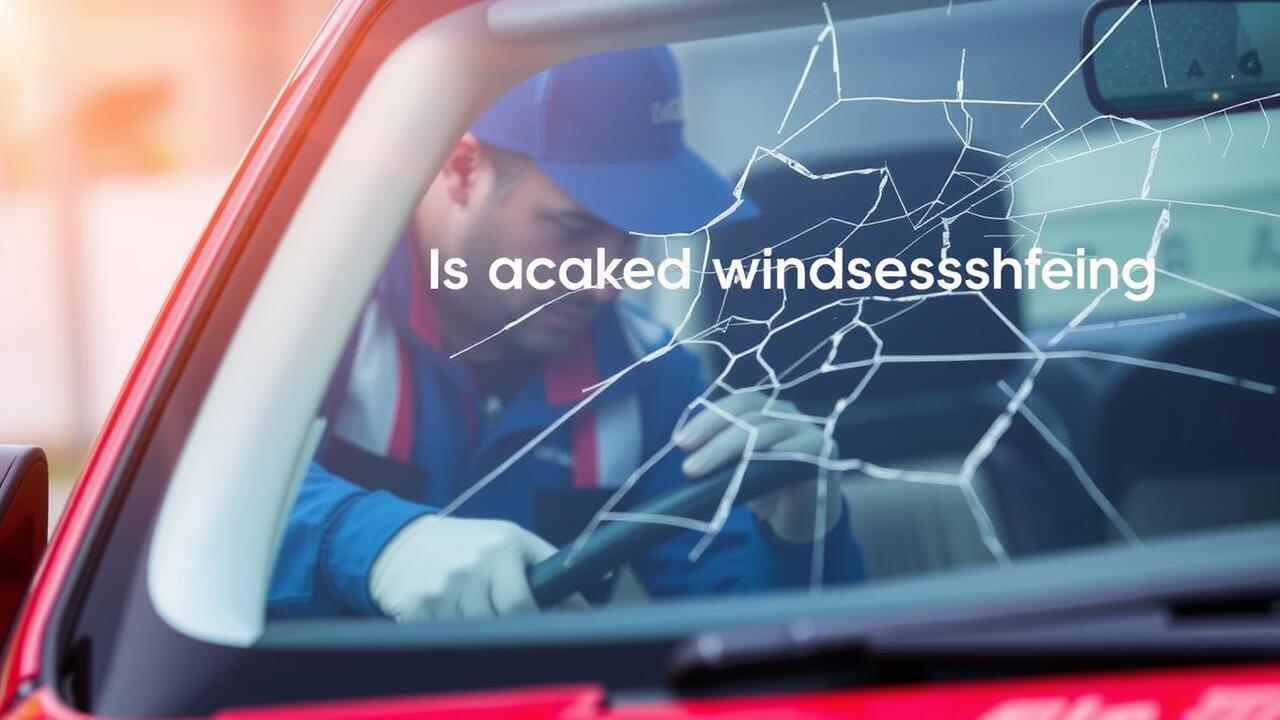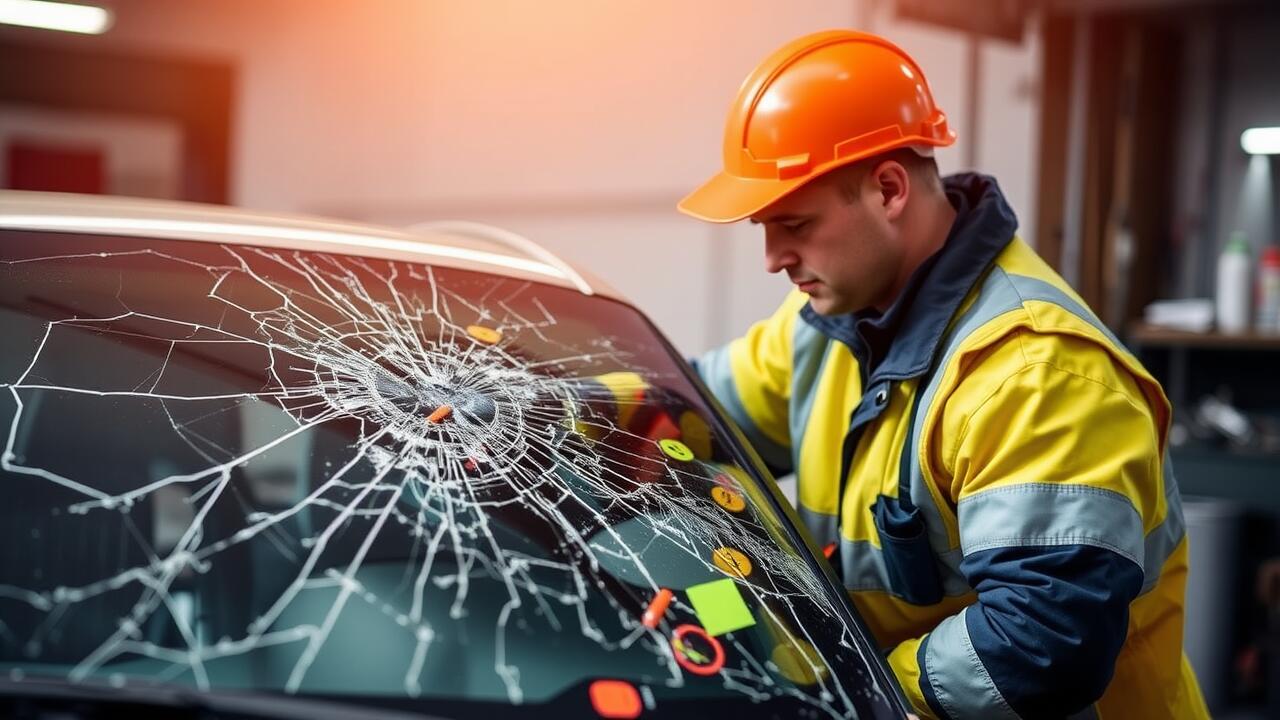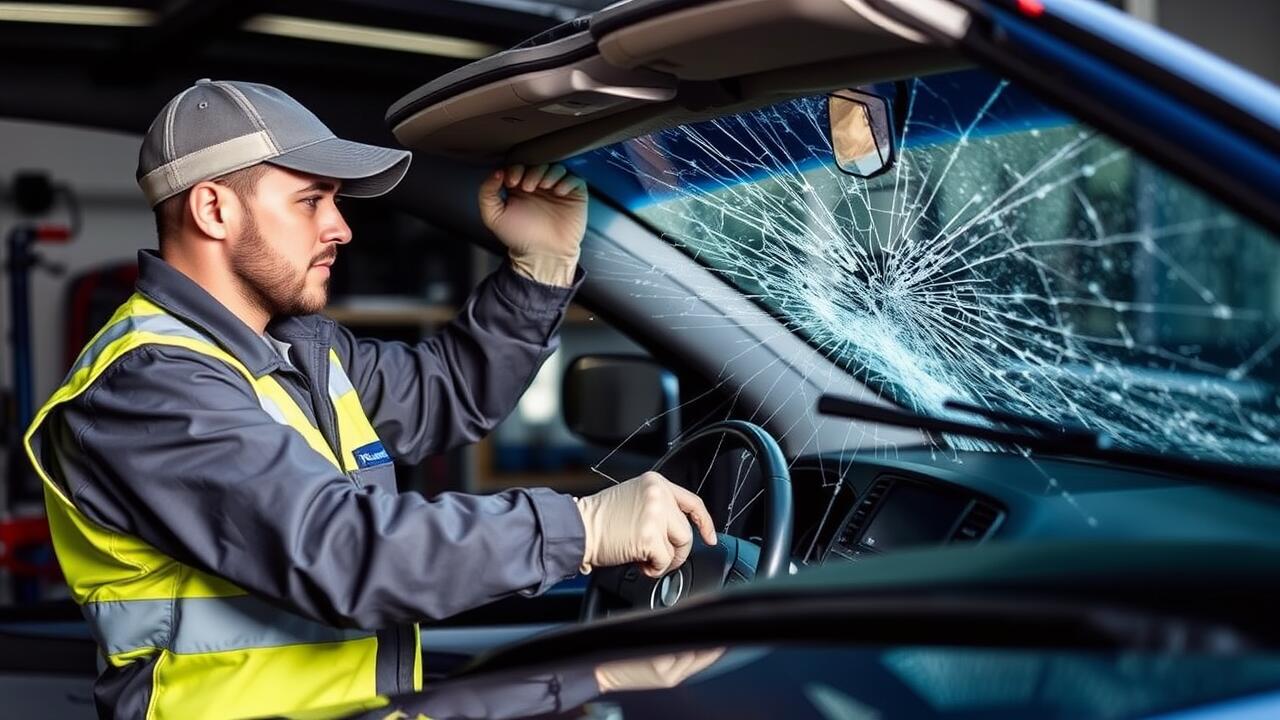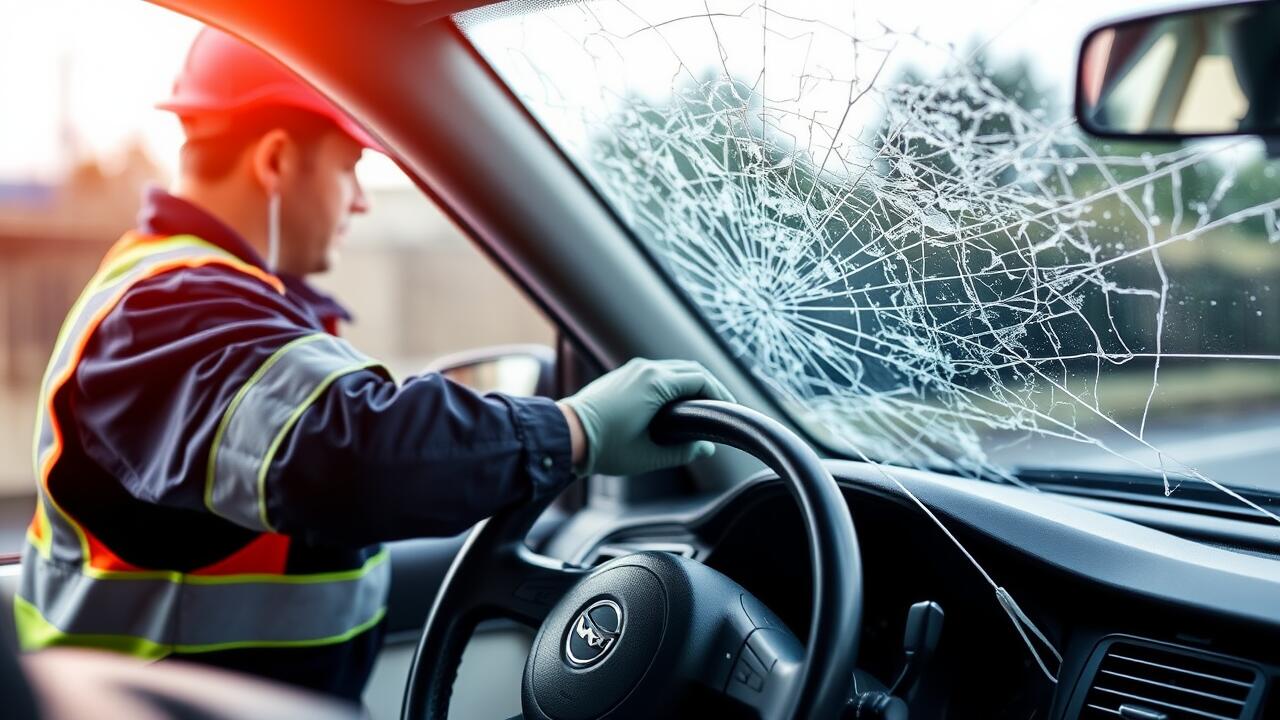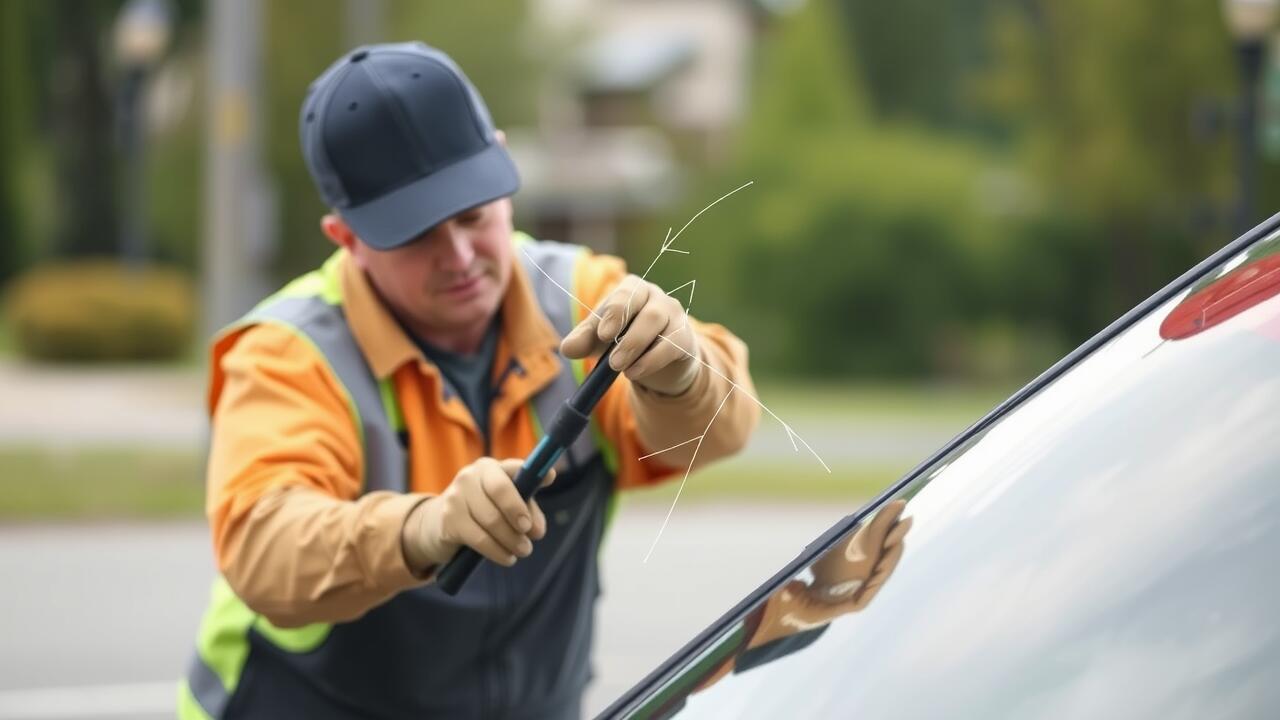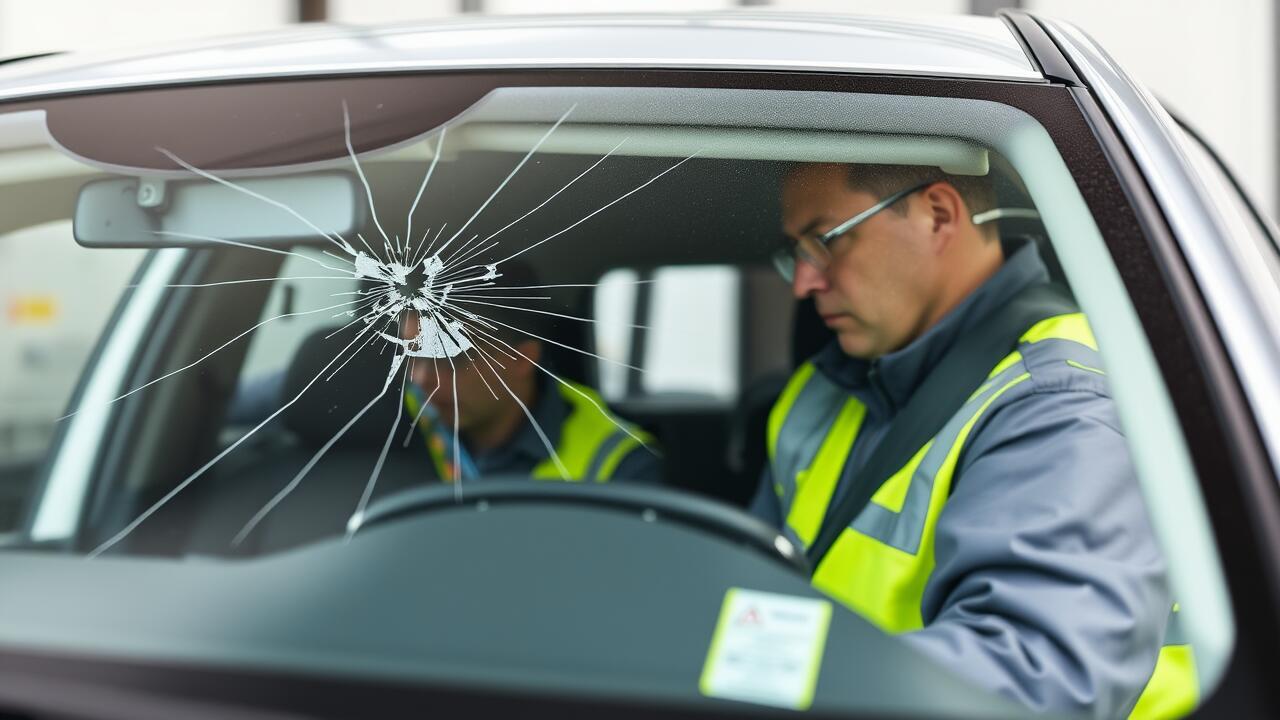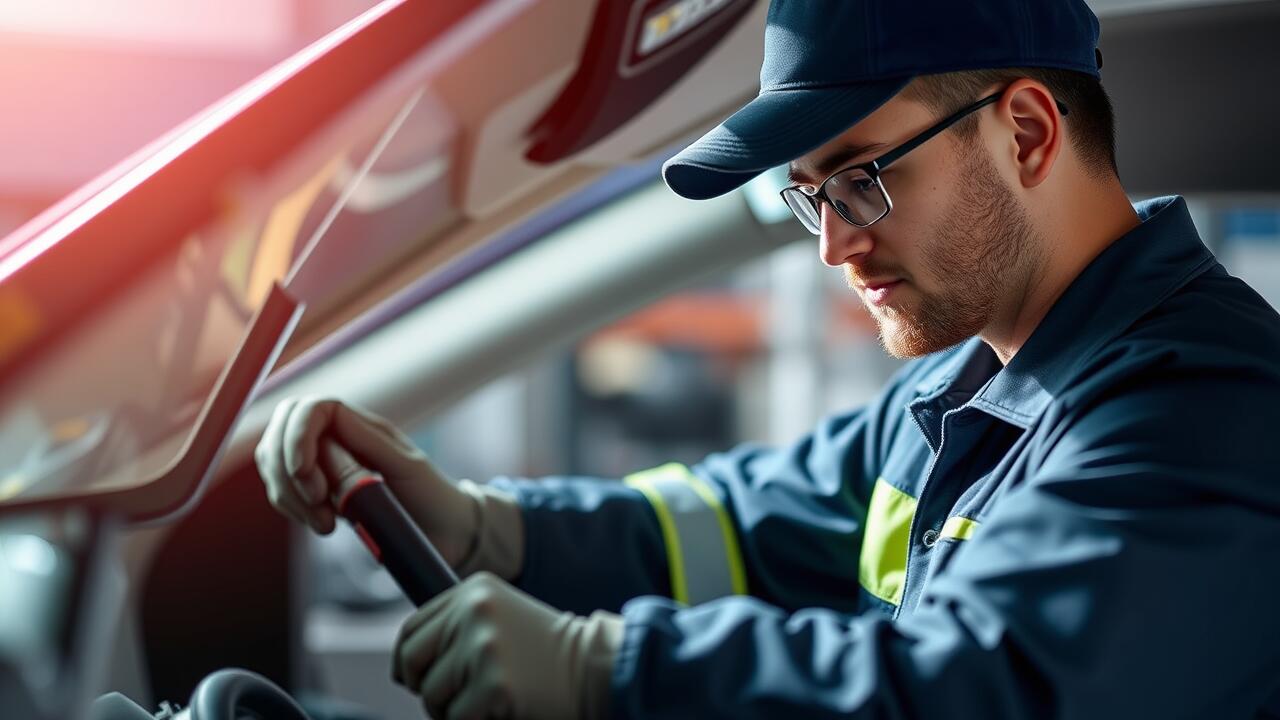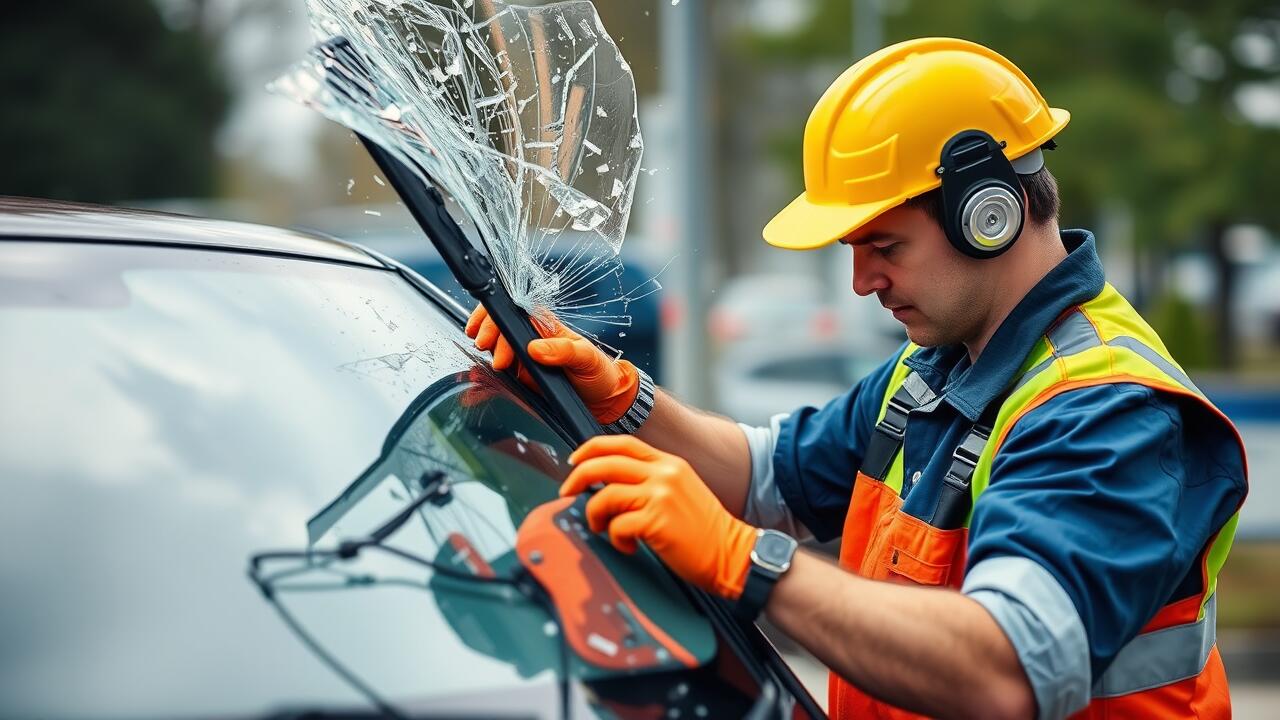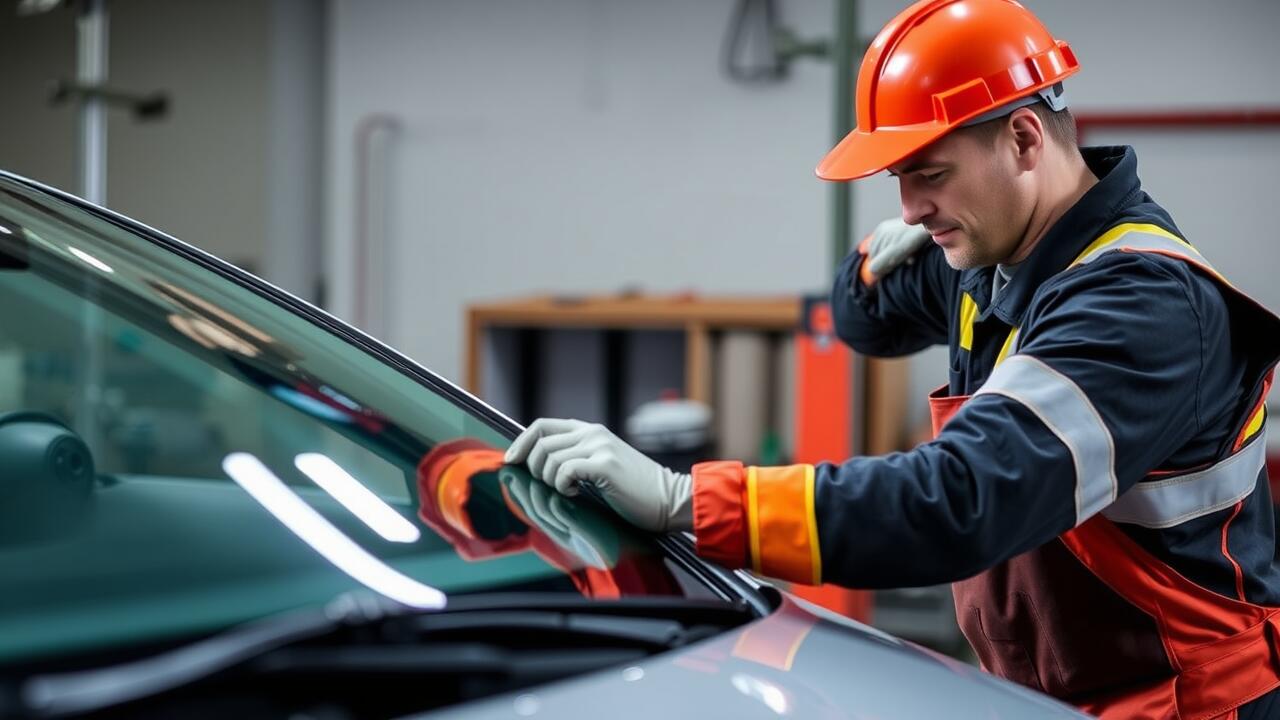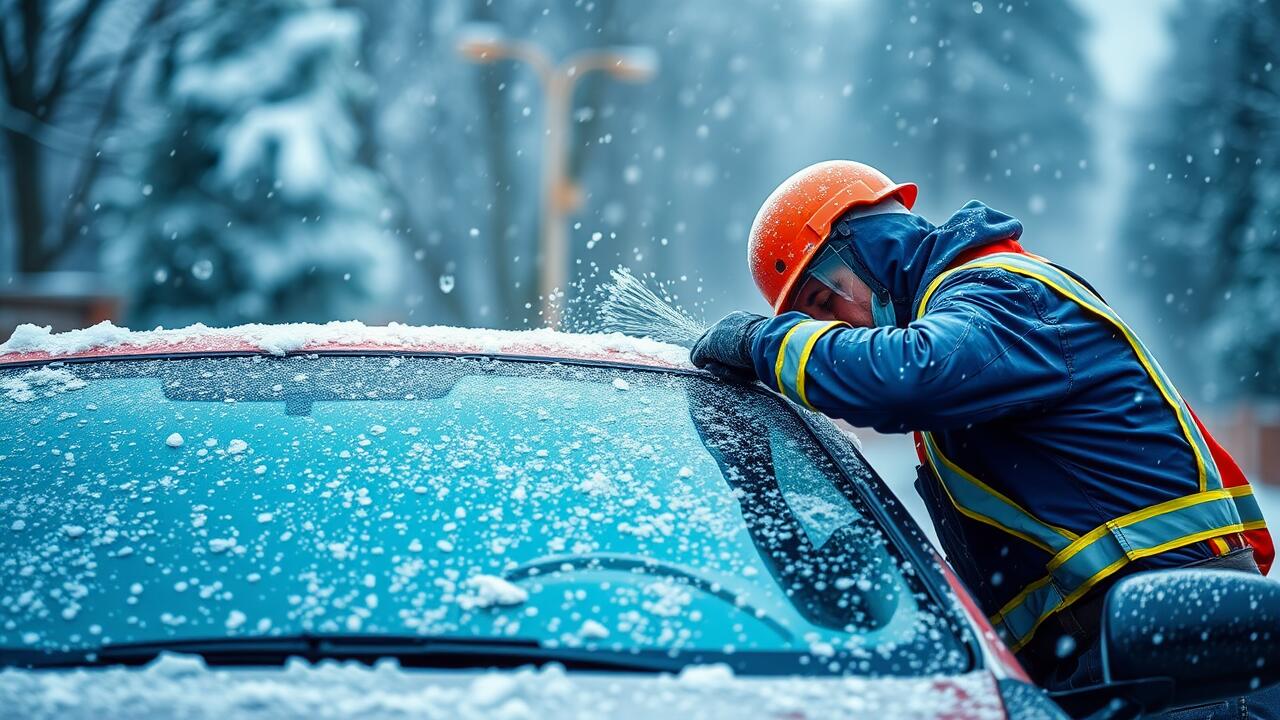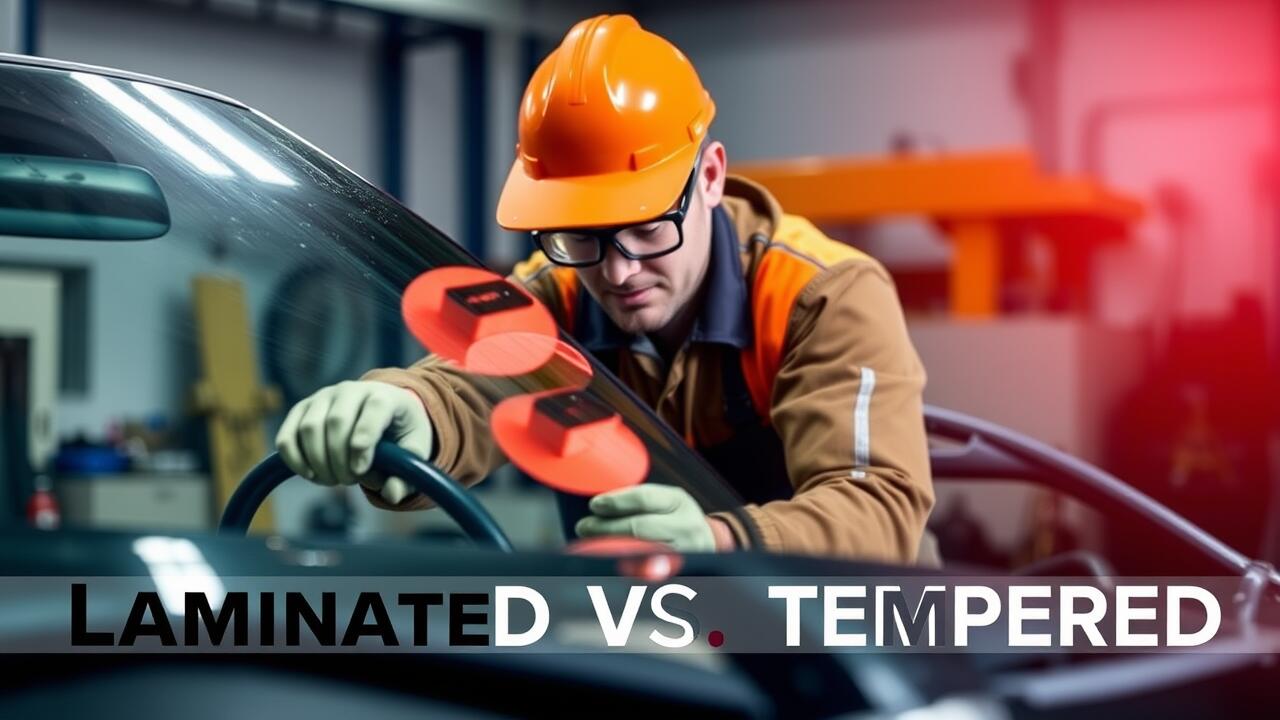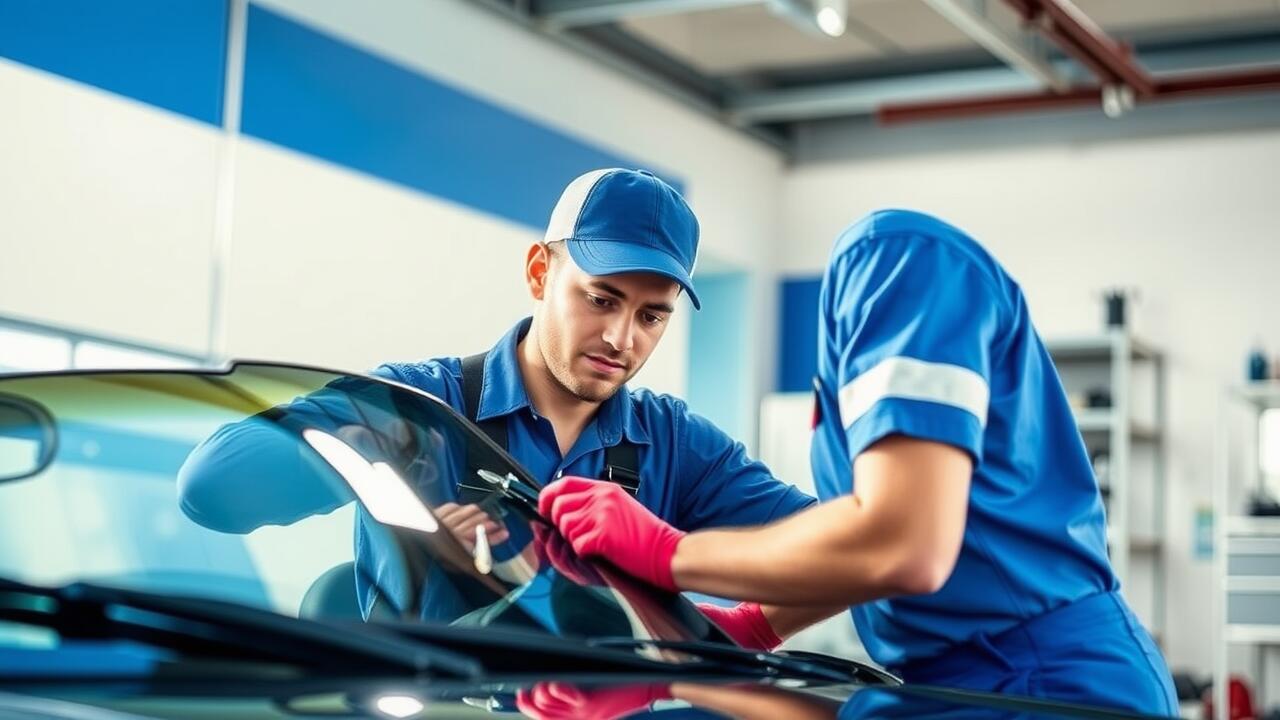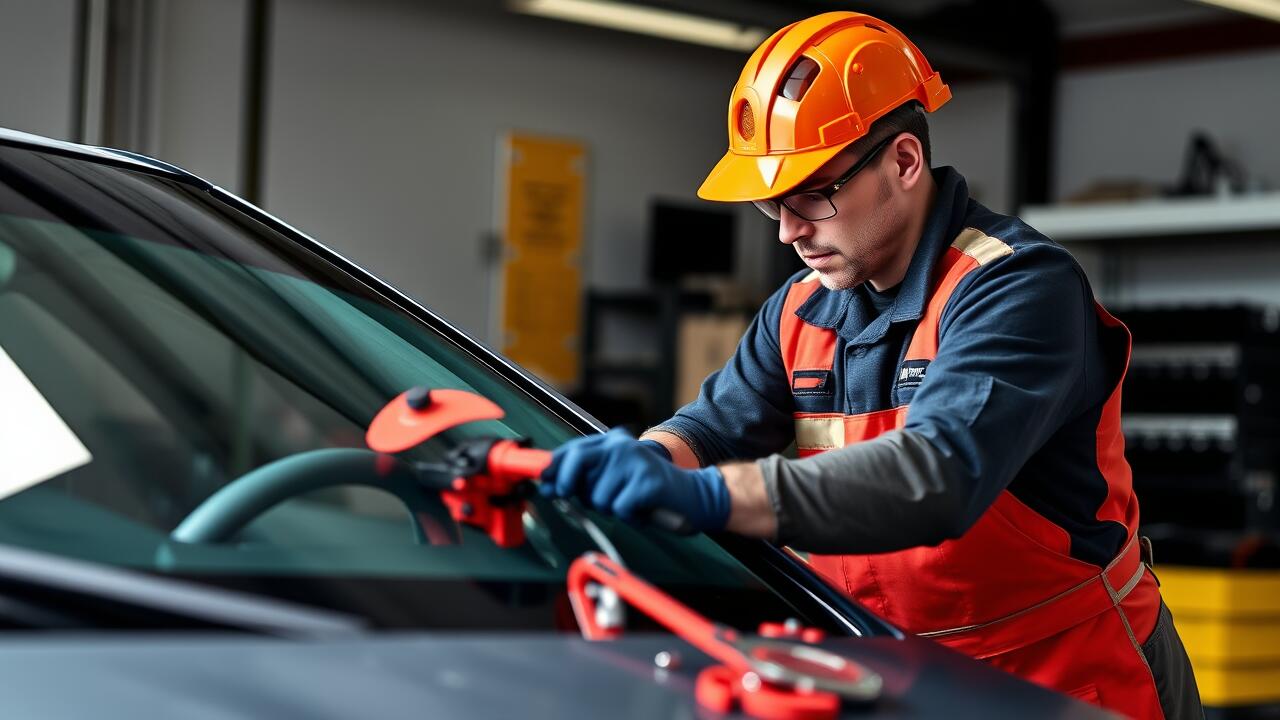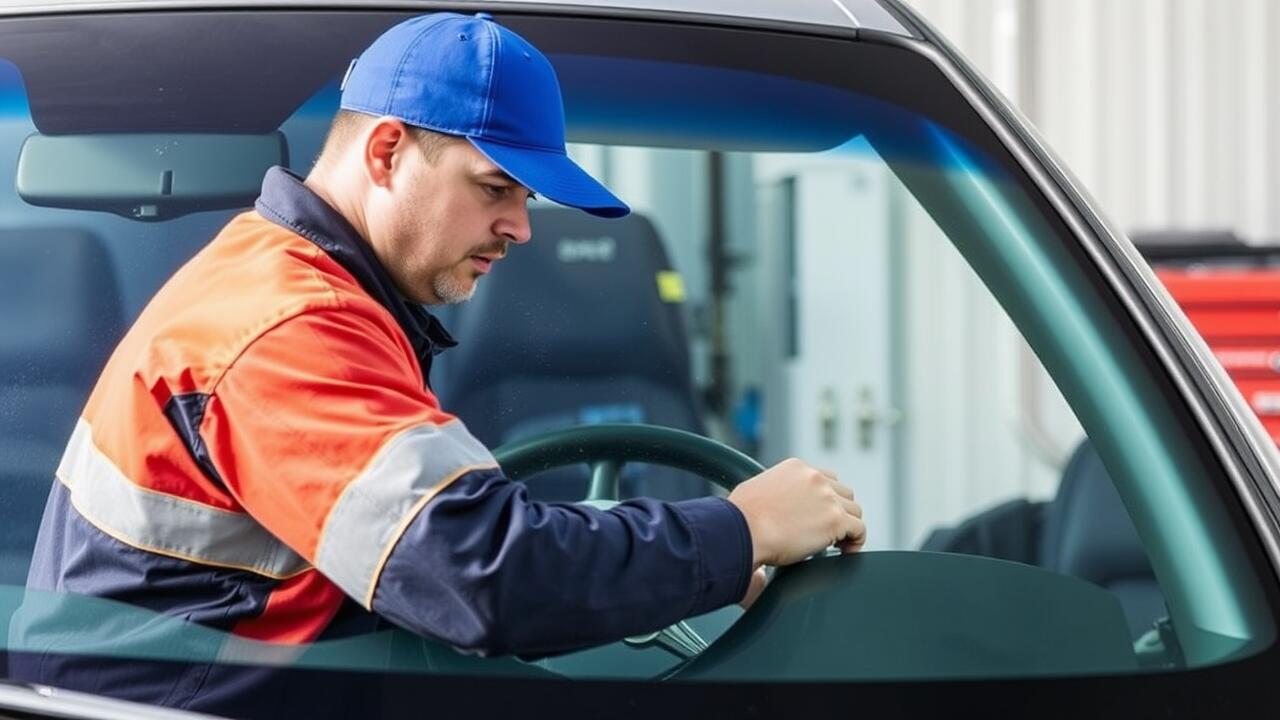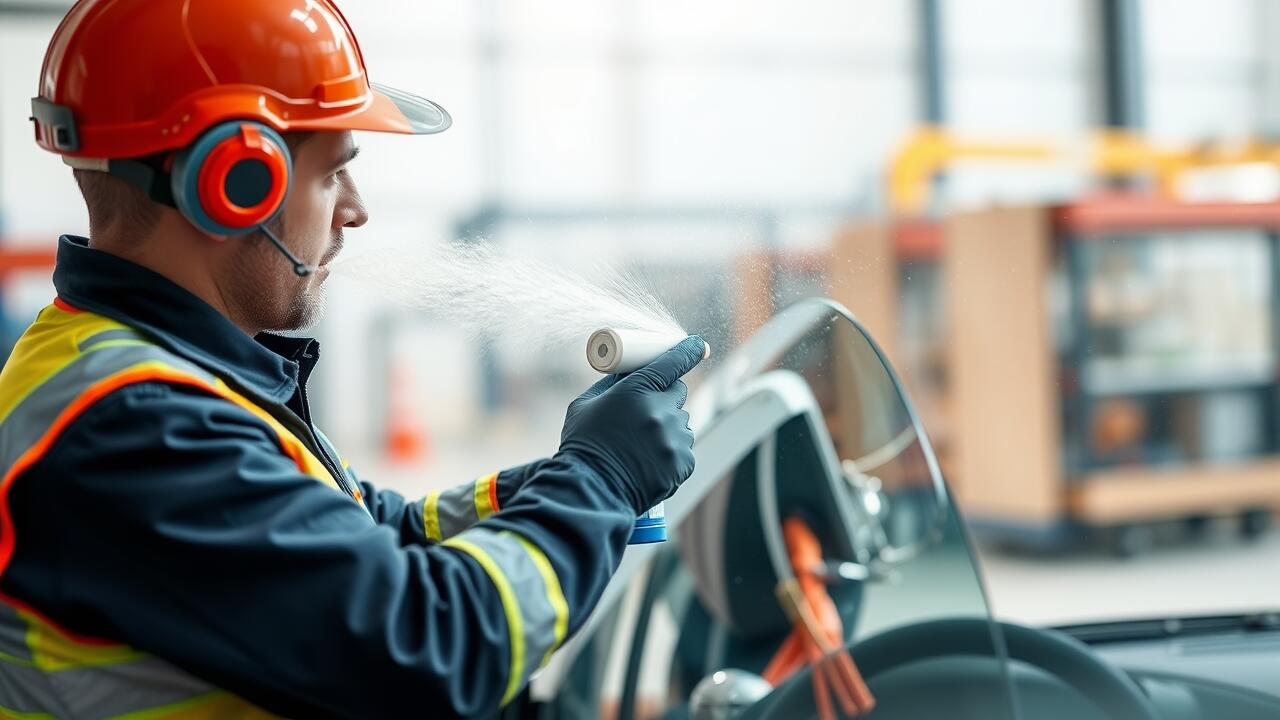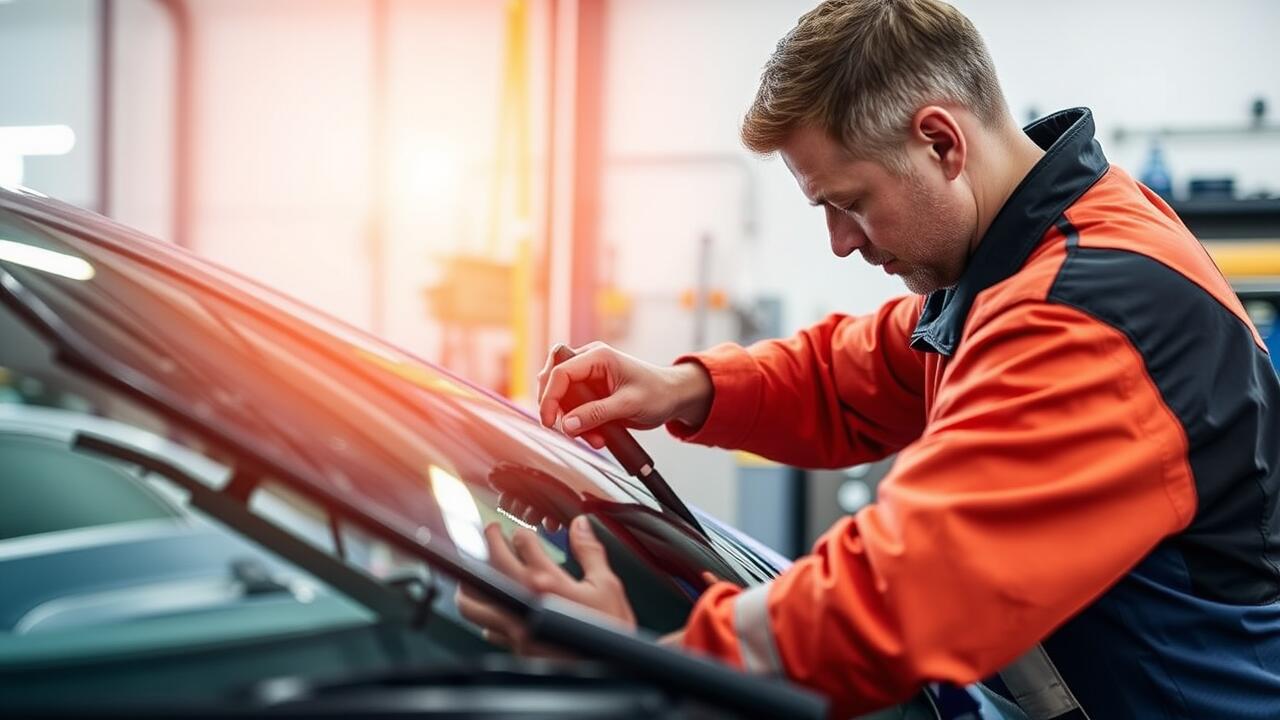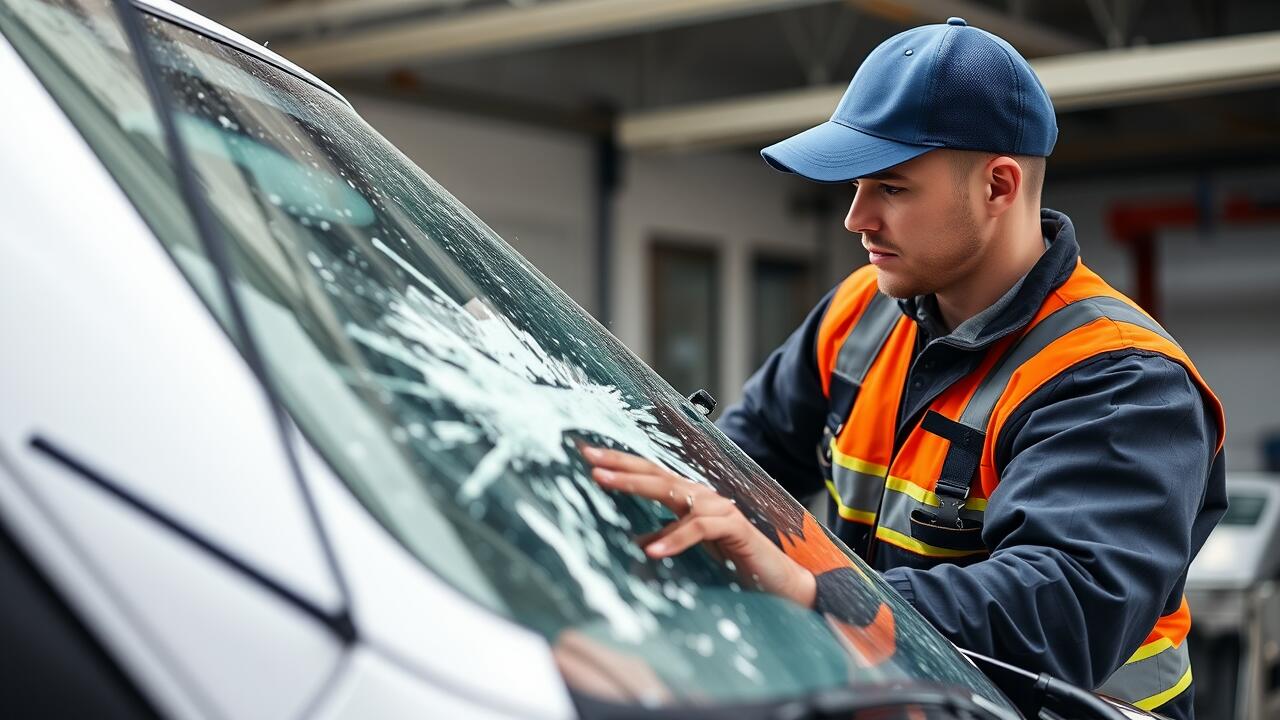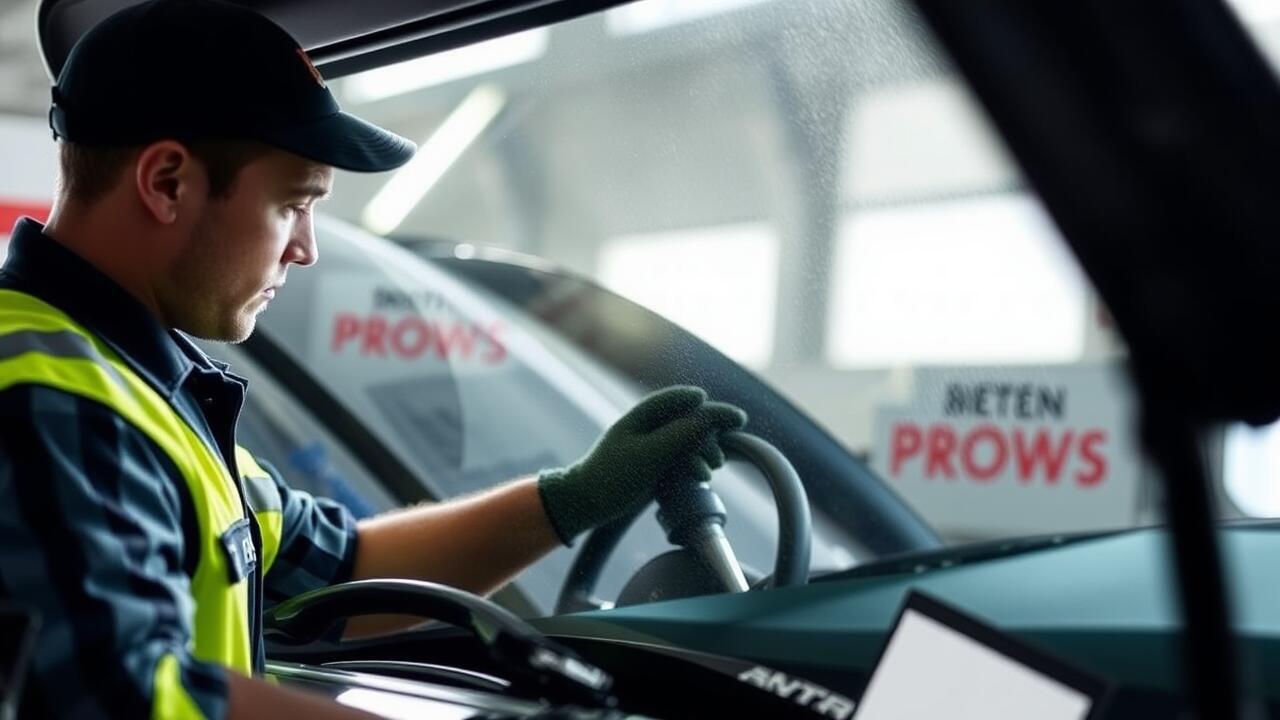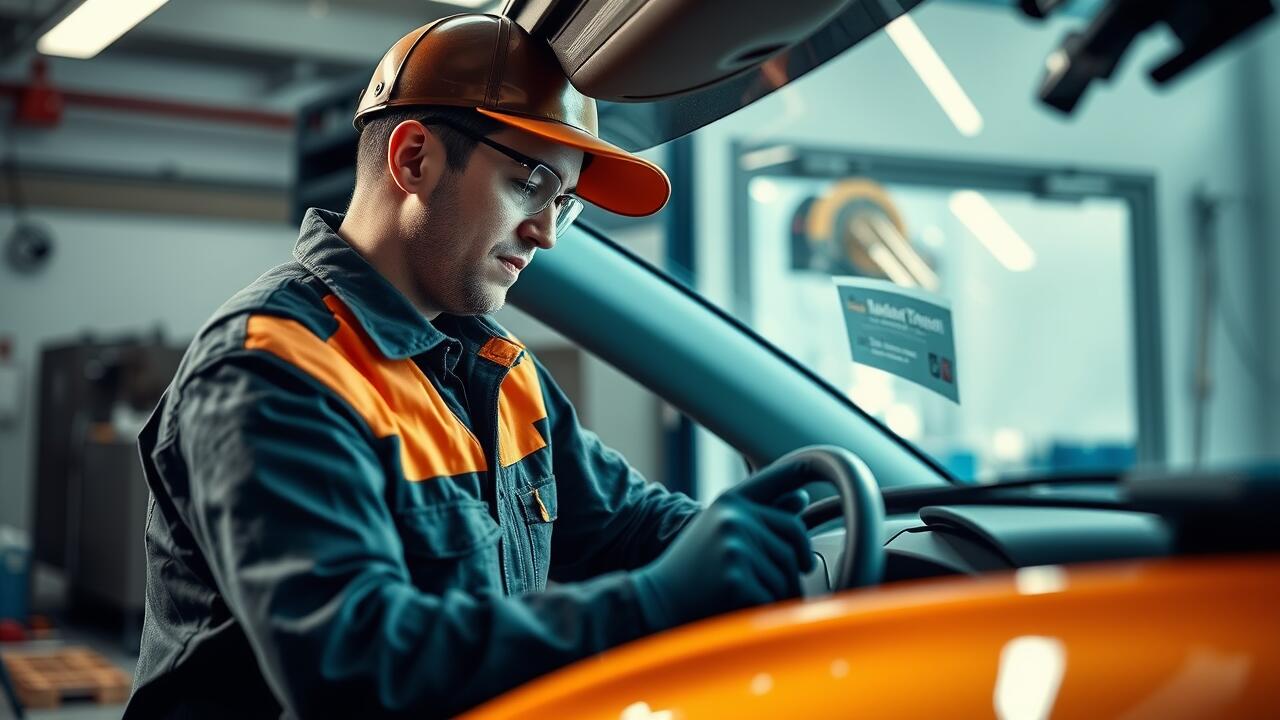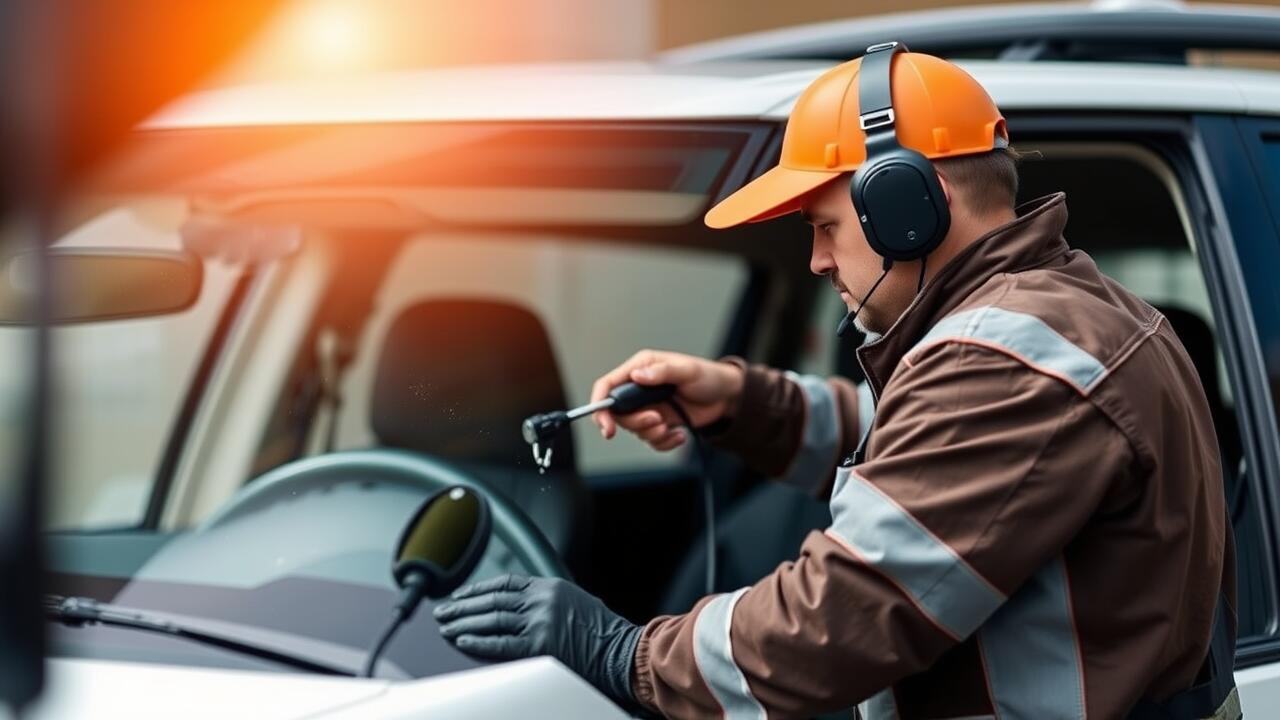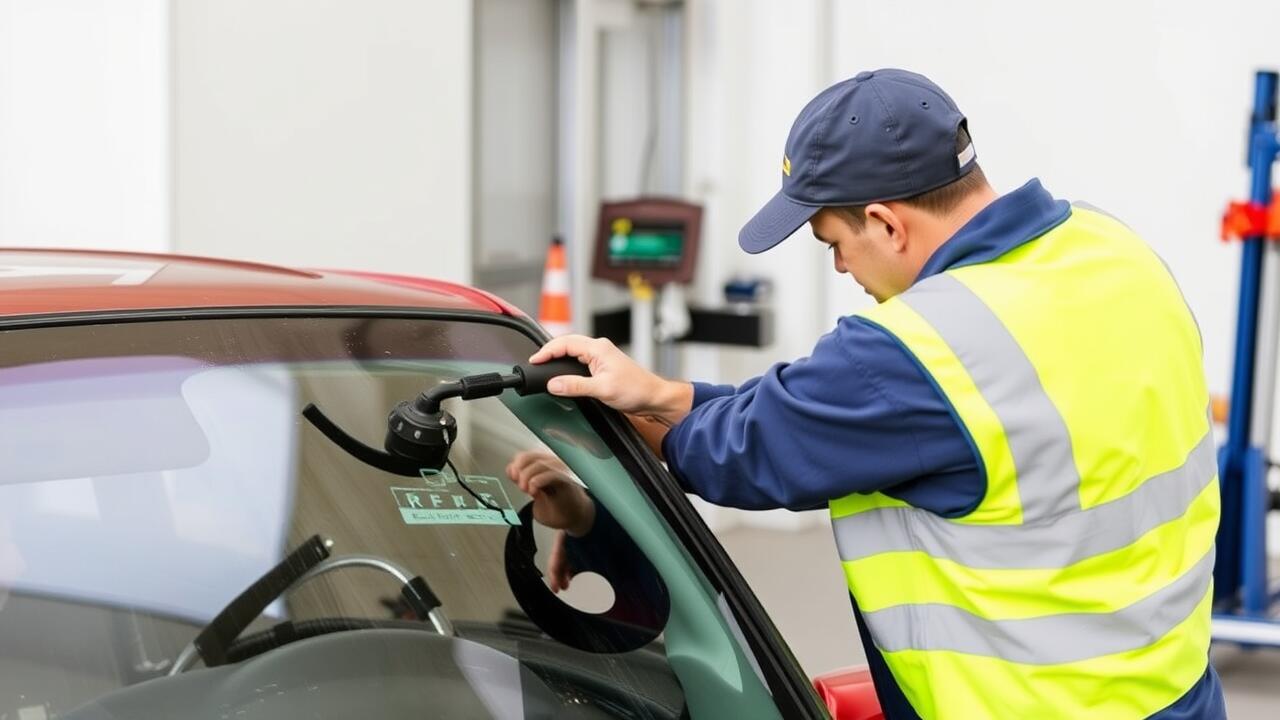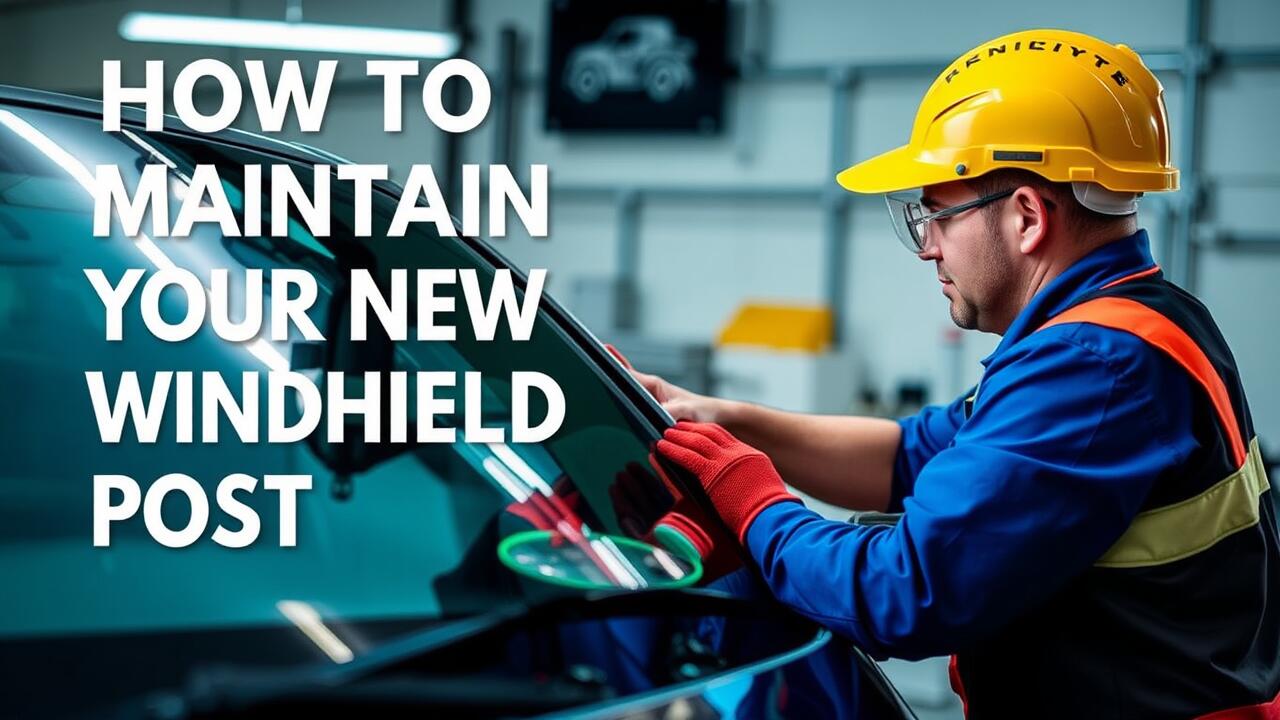
Table Of Contents
Protecting Against Debris
After a windshield replacement, protecting your new glass from debris becomes crucial. Small stones and gravel can create significant damage over time if they strike the surface. Regularly inspecting your vehicle for dirt and particles on the windshield helps maintain its clarity. Keeping a safe distance from vehicles, particularly those that may kick up debris, can also reduce risks during your daily commute.
In addition to careful driving, consider using protective coatings or films specifically designed for windshields. These products can help shield against minor impacts and scratches. Maintaining a clean windshield not only enhances visibility but also reduces the chances of chips and cracks forming. Adopting these preventative measures after a windshield replacement ensures your investment lasts longer and remains in optimal condition.
Tips for Driving in Hazardous Conditions
Driving in hazardous conditions requires extra caution, especially after a windshield replacement. Reduce speed to maintain better control and increase stopping distance. Visibility may be impaired during rain or snow, so use your wipers and defrosters effectively to clear moisture. Avoid sharp turns or sudden maneuvers, as these can lead to loss of traction on slippery surfaces.
Be mindful of nearby vehicles as well. Distinguish between natural road hazards, such as fallen branches or debris, and the potential impact of other drivers. If the weather remains severe, consider postponing non-essential travel until conditions improve. Maintaining awareness of your surroundings can help prevent accidents that could damage your new windshield or compromise safety.
The Role of Tints and Treatments
Tints and treatments play a significant role in enhancing the functionality of your windshield post-replacement. Window tints offer UV protection, reducing sun glare and preventing interior fading. Treatments, such as water-repellent coatings, improve visibility during rain by forcing water to bead up and roll off the glass. These enhancements can significantly improve driving safety and comfort.
When considering tints, it's essential to weigh the pros and cons. Tints can provide increased privacy and protection against UV rays, while also lessening heat buildup inside the vehicle. However, some places have strict regulations on darkness levels, which could affect visibility and lead to legal issues. Understanding your local laws and selecting appropriate products are vital steps to take after a windshield replacement.
Pros and Cons of Windshield Tinting
Windshield tinting can provide several advantages. It helps reduce glare from the sun, making driving more comfortable in bright conditions. Tinting can also protect the interior of the vehicle from UV rays, which can lead to fading and deterioration of materials over time. Additionally, tinted windows may enhance privacy and security by making it harder for passersby to see inside the car. Some drivers appreciate the aesthetic appeal that tinted windows offer as well.
On the downside, there are some drawbacks to consider. Certain states have strict regulations regarding the level of tint that is permissible on windshields. If the tint is too dark, it may not only be illegal but also make night driving challenging due to decreased visibility. Moreover, applying tint after a windshield replacement can lead to complications if not done correctly, possibly affecting the seal which is crucial for safety. It's important for vehicle owners to weigh these factors carefully before deciding on windshield tinting.
Addressing Chips and Cracks Promptly
Chips and cracks on your windshield can quickly evolve from minor blemishes to significant safety hazards. Addressing these issues promptly is essential to maintain clear visibility and structural integrity. Even small imperfections can compromise the glass, making it more susceptible to shattering during an accident or under extreme weather conditions. If the damage is left untreated, it may necessitate a complete windshield replacement, which can be both costly and time-consuming.
When assessing whether to repair or replace your windshield, consider the size and location of the damage. In many cases, chips smaller than a quarter can be repaired without the need for replacement. However, cracks longer than a few inches or those that obstruct the driver's view may require immediate professional attention. Seeking prompt repairs not only enhances safety but can also save you from more extensive damage down the line.
When to Seek Professional Repairs
Chips and cracks in your windshield can compromise visibility and safety. If you notice any damage, it is crucial to assess the severity right away. Small chips may be repairable, but larger cracks or damage extending to the edges often necessitates windshield replacement. Waiting too long can lead to worsening conditions, making professional intervention essential.
Professional repairs should be sought if the damage is located within the driver’s line of sight or if it exceeds a certain size, typically around three inches. Technicians can evaluate whether a repair is viable or if a full windshield replacement is necessary. Prioritizing safety means addressing these issues early to avoid potential accidents or further deterioration of the glass.
FAQS
How long should I wait to wash my car after having a new windshield installed?
It is recommended to wait at least 24 hours before washing your car to allow the adhesive to cure properly.
What can I do to protect my new windshield from rocks and debris?
You can protect your windshield by maintaining a safe distance from vehicles, especially trucks, and by avoiding driving on unpaved roads whenever possible.
Are there any specific treatments that can help maintain my windshield?
Yes, applying a hydrophobic treatment can help repel water and prevent dirt from sticking, making it easier to keep your windshield clean.
How do I know when to repair chips or cracks in my windshield?
If a chip or crack is larger than the size of a quarter, or if it obstructs your view, it's best to seek professional repairs as soon as possible.
What are the benefits of tinting my new windshield?
Tinting can provide UV protection, reduce glare, and help regulate temperature inside the vehicle, but it’s important to check local regulations regarding tinting levels.
